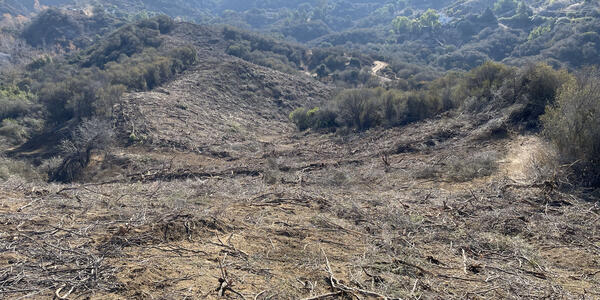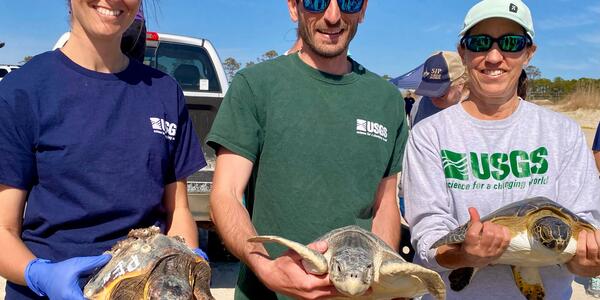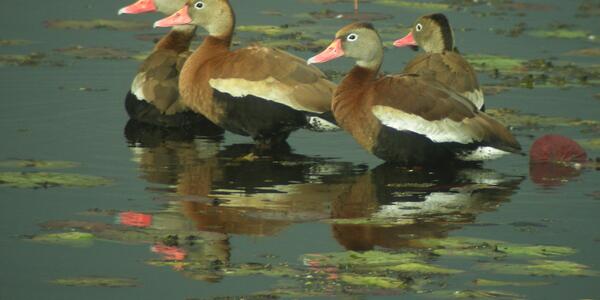SPARCS: Suppression and Planning Actions for Restoring Communities and Species in the Southern California Ecoregion
Title: SPARCS: Suppression and Planning Actions for Restoring Communities and Species in the Southern California Ecoregion Date: February 14, 2025, at 2:00-2:30 pm Eastern/11:00 -11:30 am Pacific Speaker: Austin Parker, […]



